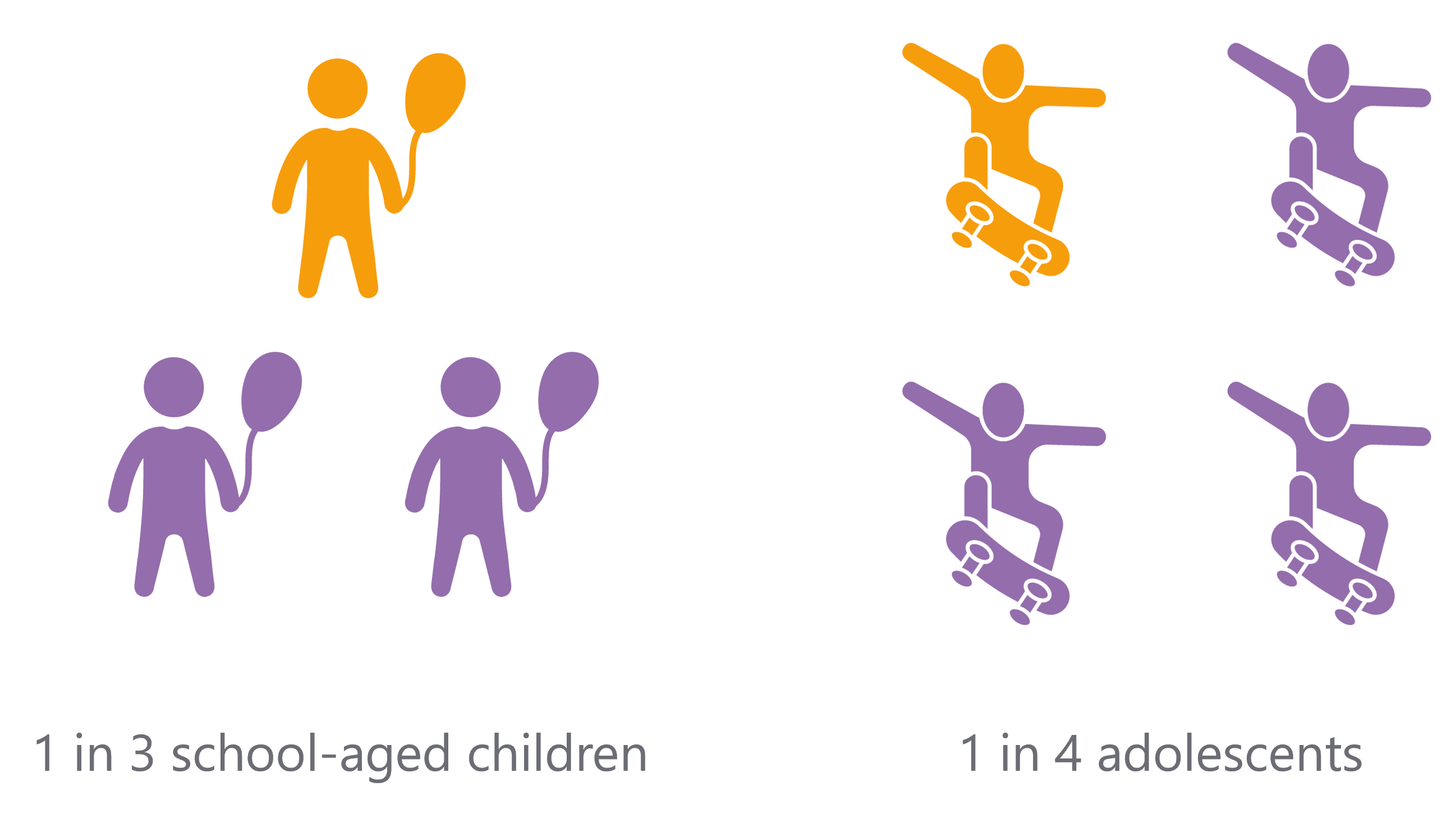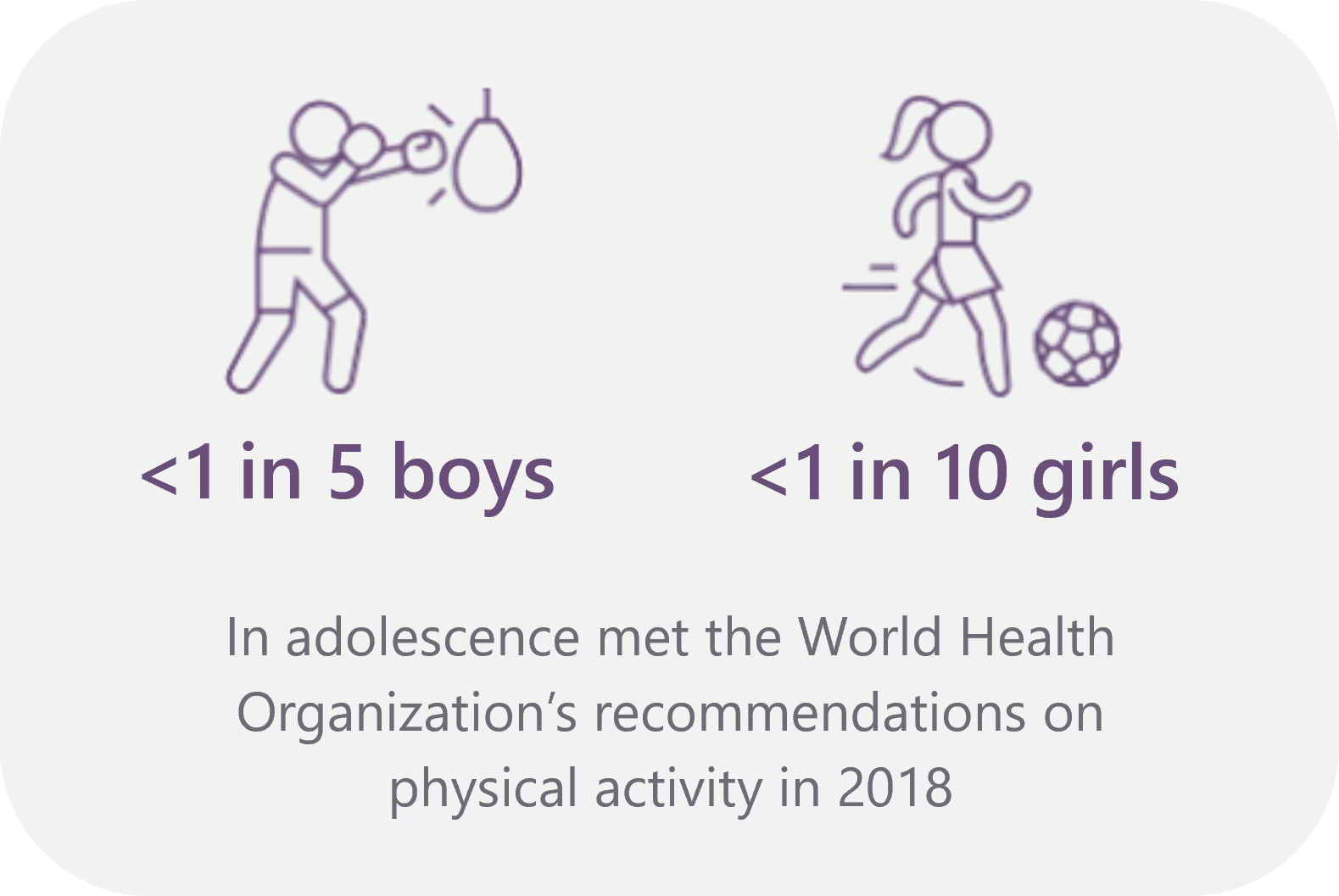
Childhood Obesity and Future Health
In our first Obelisk podcast, we wanted to talk about childhood obesity to increase awareness of this important topic. We were lucky enough to be joined by two experts in the field to discuss the current situation, potential causes and possible future consequences of childhood obesity, and we were able to introduce the Obelisk project, which aims to contribute to the future prevention of this disease.
We have summarised the key discussion points below, but you can hear the full conversation HERE
What is the current situation with childhood obesity?
Childhood obesity is a growing issue across Europe and the rest of the world. The World Health Organisation reported that in 2022 overweight and obesity affected one in three school-aged children and one in four adolescents1. Despite leaders implementing several policies and setting targets to reduce obesity levels, we are still seeing an upward trend.

As obesity is both a chronic disease and a major risk factor for several diseases linked to poor health and high levels of premature mortality, it is so important to have effective strategies in place. Childhood obesity often continues into adulthood with around 80% of adolescents living with obesity still affected by obesity as adults2 .
- The risk of obesity leading to the development of other non-communicable diseases (NCDs) depends partly on the age of onset and the duration of obesity. This means that as more children are developing obesity and living with the disease from a young age, this could mean other NCDs also increasing over time.
- Childhood obesity is associated with a higher chance of premature death and disability in adulthood.
- This has consequences for the individual, the economy, health and social care systems, education and the workplace.
Who is most affected by childhood obesity?
| Childhood obesity tends to impact certain demographics disproportionately
Inequality is an important factor in relation to the development of childhood obesity and therefore needs to be seen as a societal issue, rather than an individual’s problem as it has been thought of in the past.
Childhood obesity tends to impact certain demographics disproportionately, and this is for a variety of reasons including:
Socioeconomic status
Obesity rates are higher within lower socioeconomic groups. This is associated with many factors associated with inequality such as education, access to safe physical activity opportunities, exposure to unhealthy food outlets and marketing, along with higher rates of poor physical and mental health. Limited financial resources and geographical location may restrict access to healthy food and lead to an overreliance on less nutritious, calorie-dense foods.
Ethnicity
Certain ethnicities, such as those from Black and Asian cultures seem to have higher rates of obesity, again this could be multifactorial relating to cultural norms, food preferences and traditions, genetics, inequality and more.
Do we know what causes obesity?
There are so many factors that can contribute to a person’s risk of developing obesity and our understanding of the roots of obesity is increasing as we become more aware of the complexity of this disease.
Obesity is a chronic disease, which is highly influenced by our genes. We are now increasingly living in an obesogenic environment which means those with a genetic predisposition to obesity are more likely to develop the disease due to the interactions between genes and the environment.

In addition to socioeconomic status, other contributing factors are:
Physical activity
As a society we have increasingly sedentary lives and children are spending more time in front of screens. Physical inactivity is prevalent in adolescents, with less than one in five (17.6%) boys and one in ten (9.6%) girls across 27 EU Member States meeting the World Health Organisation’s recommendations in 2018 (OECD Library, 2018)3.
Dietary factors
There is now increased availability of cheap and convenient energy-dense foods and sugar-sweetened beverages. Parents are often time-poor and on a budget, so these products can feature as everyday items within the home. This means there is less home cooking and an increased intake of processed foods within today’s diets.
We have also seen an increase in portion sizes over time and many children do not meet the national guidelines for dietary recommendations such as the. There is limited data on European children’s fruit and vegetable consumption, but one study suggests that only 6-24% of European children reach the World Health Organisation’s recommendations5.
What are the main ways childhood obesity affects health?
The most significant health consequences of childhood overweight and obesity, often do not become apparent until adulthood. Some of the most common physical health conditions we see develop include:

Compared with children of a healthy weight, those with overweight and obesity are more likely to experience issues with their mental health, self-esteem, school attendance and achievements, and to have a lower paid job and fewer job opportunities as adults.
What is Obelisk and how does it hope to contribute to the field of obesity?
Obelisk is dedicated to understanding, predicting, and preventing obesity in children and providing precision medicine for those affected. Our ambitious research programme will be implemented over five years by a consortium of 15 partners across nine European countries. The project aims to develop evidence-based clinical guidelines, best practices, and preventive strategies to combat overweight and obesity and their associated health conditions at all stages of life. Obelisk’s approach involves active participation from all stakeholders including families, scientific and medical communities, daycare centres, schools, policymakers, and industry, to drive social innovation and achieve successful outcomes.
It is hoped that with the help of predictive tools and targeted prevention strategies developed by Obelisk, patients and clinicians can work together to make informed decisions on the most suitable interventions for controlling the progression of obesity in children.
Our discussion highlights the need for a preventative and multifaceted approach to tackle the issue of childhood obesity. It is encouraging that our understanding of obesity has deepened in recent years and Obelisk aims to increase our knowledge further. You can follow the project on LinkedIn and X and listen to the podcast here.
References
- World Health Organization. (Feb 24). The challenge of obesity. Accessed 19th November 2024.
- Simmonds M, Llewellyn A, Owen CG, Woolacott N. Predicting adult obesity from childhood obesity: a systematic review and meta-analysis. Obes Rev. 2016 Feb;17(2):95-107. doi: 10.1111/obr.12334. Epub 2015 Dec 23. PMID: 26696565.
- OECD/WHO (2023), Step Up! Tackling the Burden of Insufficient Physical Activity in Europe, OECD Publishing, Paris, https://doi.org/10.1787/500a9601-en.
- Public Health England. (2018). The Eatwell Guide booklet. Retrieved 19th November 2024
- Yngve, A., Wolf, A., Poortvliet, E., Elmadfa, I., Brug, J., Ehrenblad, B., ... & Klepp, K. I. (2005). Fruit and vegetable intake in a sample of 11-year-old children in 9 European countries: The Pro Children Cross-sectional Survey. Annals of nutrition and metabolism, 49(4), 236-245.